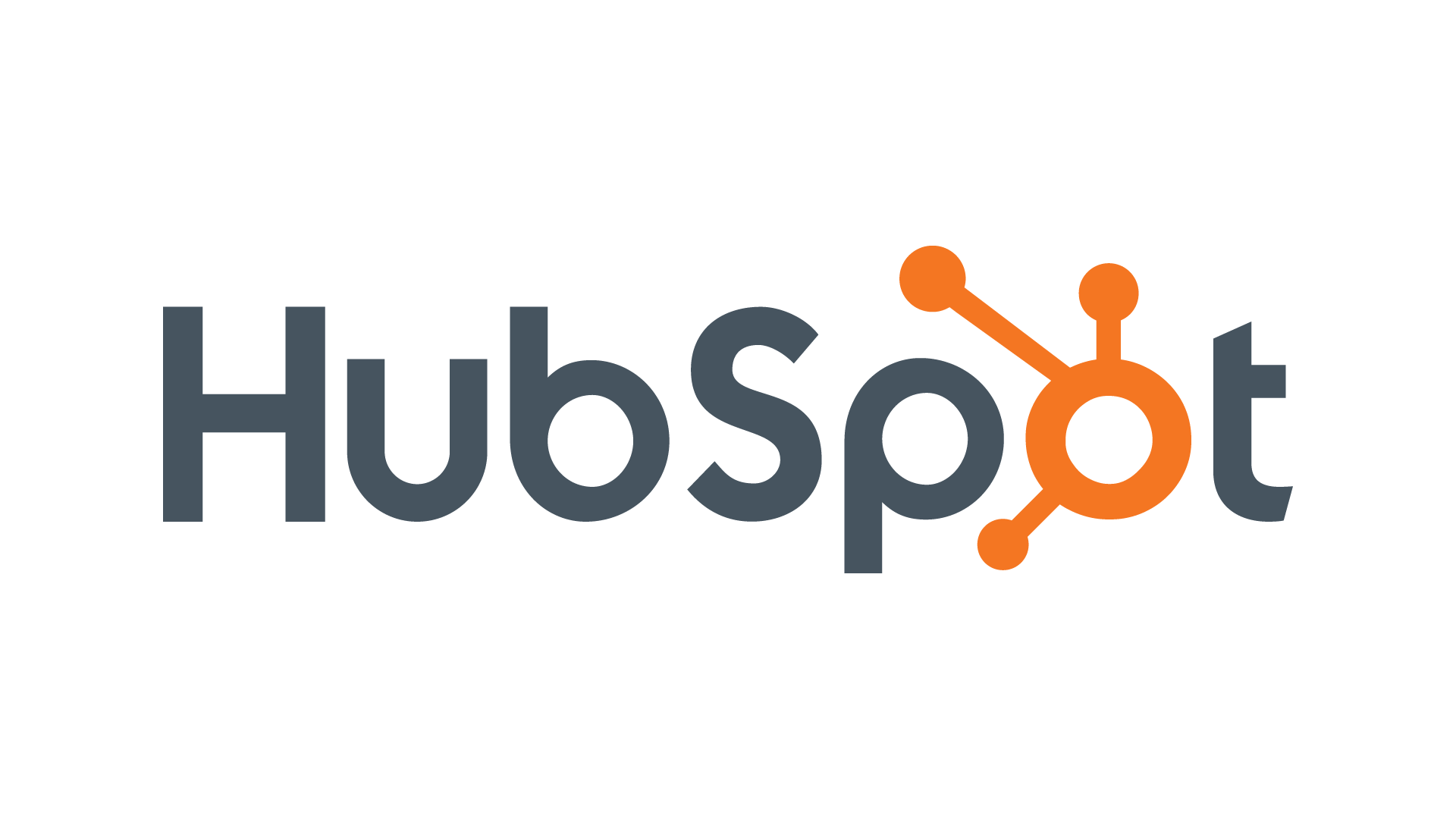Ready to Switch to HubSpot?
So you’ve found that marketing is taking up a huge amount of your time. Either you or your team spends hours on iterative tasks, and your business is missing big opportunities to generate more sales. Now, you’ve decided it’s time to leverage automated technology to free up bandwidth, and after comparing all the options, you chose HubSpot to enhance your efforts.
But it’s so overwhelming.
A full software stack for customer relationship management (CRM), marketing, sales, and customer service, HubSpot is an extremely powerful tool with a vast array of features that streamline your ability to choose when, where, and how you communicate with potential and existing buyers.
Moreover, the platform was designed to help enhance businesses’ existing processes rather than disrupt them. It does this by offering incredibly granular customization options for everything from how your contacts are segmented to how the team’s workspace looks.
But the caveat is that setup is a monumental task, taking anywhere between a few weeks to a few months to get everything in place and everyone trained.
At the end of the day, HubSpot is just a tool and it will only ever do what you tell it to. From the very beginning, you need to have a clear picture of your strategy, what kind of data you need to collect, and how you will build your automation process.
This is why many business owners choose to work with a technical agency to help with onboarding and implementation. But if you don’t have the budget for expertise, are more of a hands-on person, or just genuinely interested in learning the platform, we’ve laid out a few things to consider:
HubSpot Implementation Tips
Think of implementation as getting your house in order. You’re going to want to make sure everyone (your contacts) is moved in and comfortable, your power and plumbing are flowing freely, your electronics are up and running, and everything is where it needs to be for you to make use of them in the future.
It could be a nightmare losing light and heating in the middle of the night and it would be made even worse if you can’t even find the flashlight. The same goes for HubSpot. So take it one step at a time to make sure you maximize your HubSpot investment.
Set up your admins, users, teams, and contacts FIRST
For obvious reasons, it’s crucial to make sure your staff is given the right permissions to do what they need to do. HubSpot also lets you take this a step further by allowing you to define specific teams with custom permissions so that the ways of working are easier to manage.
You can customize dashboard views and restrict user access to clean up the clutter on the workspace, making it easier for everyone to navigate and do their jobs.
But where the setup process can get a little messy is when you start migrating your contacts.
First, it’s important to understand that loading contacts into the CRM database is the inescapable foundation of getting all the tools to run.
All the lead capture, workflow, and other communication tools rely on interacting with that database, so you won’t be able to maximize HubSpot until your database is in order.
That being said, you’re going to want to look into planning how data is structured. HubSpot provides a comprehensive way of segmenting data using objects and properties.
Objects would be your contacts, companies, and even deals and tickets in their respective pipelines.
Properties let you go even deeper into segmentation by bucketing categories such as names, emails, product or service types that they’ve inquired about, or even their lifecycle stage.
What’s more, you can create custom options under either objects or properties depending on your business needs.
For example, you’re a software service provider that targets various verticals. An effective segmentation plan would allow you to send relevant information to your prospects or customers depending on what data you choose to assign to them.
Focus on building a healthy two-way bridge between marketing and sales
So your rockstar marketing team has done its magic and interested prospects have begun flooding your channels. But at what point does your sales team need to take the reins to transform prospects into buyers?
This is what they call the sales handoff process, and it’s a common story for this juncture to be a point of tension for many businesses.
There are a number of reasons why this meeting point can be contentious, but the essence of the problem lies in silos. A lack of communication and visibility between the two can result in a large number of missed opportunities.
That’s why HubSpot users often advocate for using the different software hubs together. Having these processes on the same platform reduces the uncertainty among teams and allows you to clearly define an efficient way of working.
Why do we say two-way? Your sales team’s work on HubSpot will result in a wealth of performance data that marketing can also use to improve their own efforts.
Get your marketing tools up and running early on
Email and landing page templates, blogs, lead capture forms, automated workflows, and more. HubSpot provides numerous marketing-specific tools that will help you generate awareness, engage with your leads, and ultimately move them along to your sales team.
We recommend working with a developer and a designer to get your themes ready first. These are global and will apply to all content you send out and templates will help you craft materials quicker.
But more importantly, they’ll generate traction in your process, moving contacts down your funnel efficiently.
Get your staff comfortable on the platform
It’s time to get users onto the platform, but by now there’s a high chance that quite a few things have been customized. After all, HubSpot implementations tend to be quite different from each other as they are tailored to specific needs.
To make sure everything runs smoothly, take the time to work on capacity building with your team.
Get them familiar with how the platform aligns with what they are already doing, and what HubSpot has done to make their jobs easier. Put together guides and schedule training sessions to make sure everybody knows what’s what, and where.
HubSpot provides very detailed documentation on how to use the platform and also offers very responsive customer support, but ideally, the platform would have been set up to compliment your business and there’ll be questions that they are less equipped to answer.
That being said, if specific technical support and troubleshooting are what you’re after, then it’s a very simple process to find your own fix or reach out for further assistance.
Still a bit confused or overwhelmed?
That’s perfectly understandable. With such a powerful tool comes an even greater learning curve, so much so that an entire profession has been created to specialize in the software solution.
So if you’re looking for coaching, assistance with onboarding, or even someone to implement HubSpot for you, feel free to reach out, we’d love to discuss how we can set you up for success.







